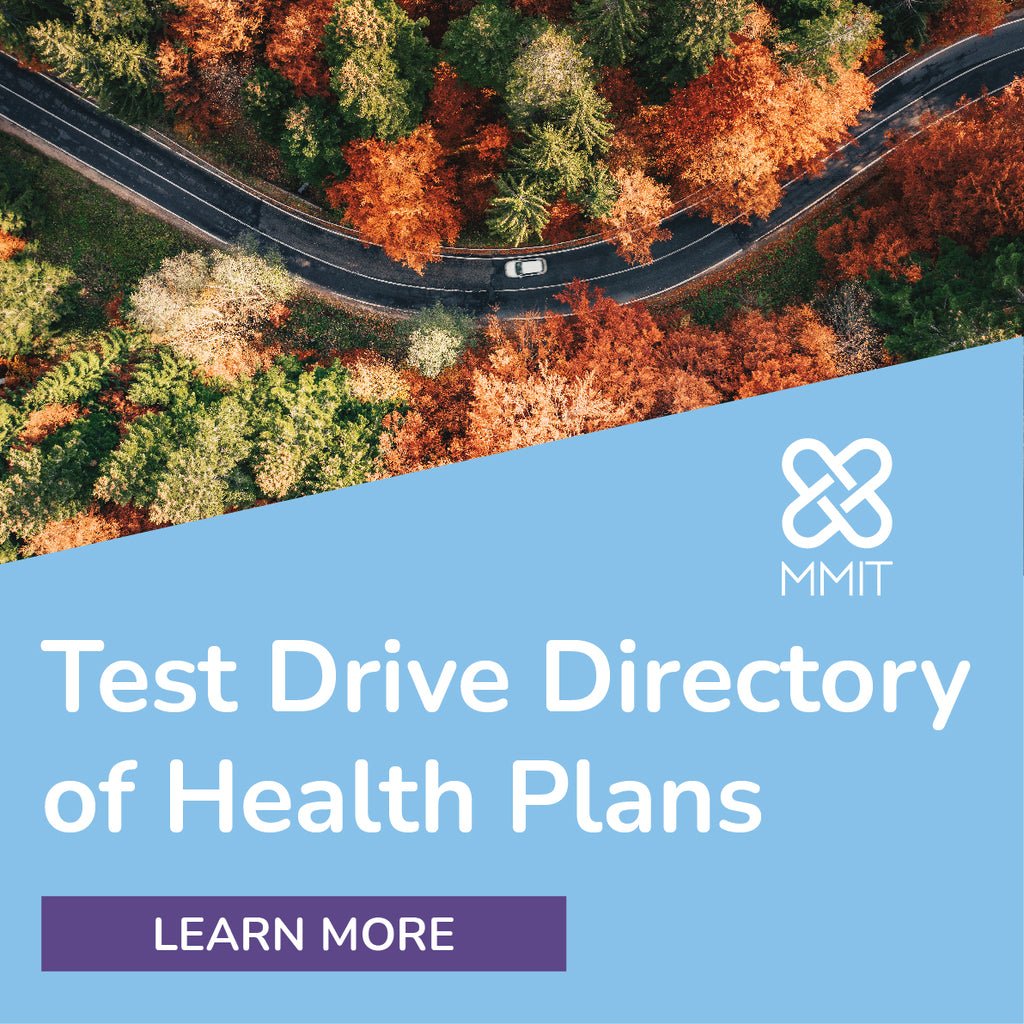Radar on Drug Benefits
-
CivicaScript Launches Latest Generic, Plans to Introduce More Drugs in July
CivicaScript, a generic drug manufacturer founded in 2020 by several Blue Cross and Blue Shield plans, announced on June 24 the availability of dimethyl fumarate delayed-release capsules. The multiple sclerosis drug is the third medication that CivicaScript has introduced to the market, following abiraterone acetate for prostate cancer in August 2022 and droxidopa for hypotension two months ago. The company plans on launching another MS drug and an oncology medication next month, as well.
While CivicaScript has touted the savings and transparency associated with its products, pointing to a study published last month about abiraterone in the New England Journal of Medicine Catalyst, one longtime pharmacist and consultant claims the findings may be overstated.

-
Cuban: Drugmakers Are More Afraid of PBMs Than Trump
Billionaire investor Mark Cuban, speaking at a Washington, D.C., conference on June 24, said the Mark Cuban Cost Plus Drug Co. can’t fully disrupt the pharmacy benefits space because the country’s three biggest PBMs have too much leverage over drug manufacturers.
“I’ve talked to eight, nine of the major [pharmaceutical] brands and the question always is, ‘Why doesn’t Cost Plus Drugs carry more brands?’” Cuban said during the inaugural conference held by Transparency-Rx, a coalition of smaller PBMs that support industry reform.

-
What Options Do Retail Pharmacies Have to Become Profitable?
The retail pharmacy space is facing a raft of challenges that are resulting in closures across the industry. From deflating generic prices to competition from discount cards and front-end competition, these pharmacies are struggling to succeed between the larger pressure from wholesalers and PBMs. Ultimately, retail pharmacies that are not affiliated with a PBM or have access to 340B pricing have very few options to become profitable.
Adam Fein, Ph.D., president of Drug Channels Institute, clarified that “retail pharmacy” refers to community retail pharmacy and not mail pharmacy: chain drugstores, independent pharmacies and pharmacies inside mass merchants and supermarkets. In 2024, approximately 91% of all 30-day equivalent prescriptions — 6.8 billion of them — went through a community retail pharmacy, but these entities received only 62% of the prescription dispensing revenues, he explained during a June 20 webinar titled What’s Next for Retail Pharmacy: Data, Debate, and Disruption.

-
News Briefs: CVS Caremark Must Pay Gov’t $95M in Medicare Overbilling Case
A federal judge on June 25 ordered CVS Health Corp.’s Caremark to pay the federal government $95 million after agreeing with a whistleblower’s claims that the PBM inflated Medicare Part D drug prices to offset higher costs in other lines of business. “The more Caremark paid pharmacies on Part D drugs, the less it had to pay on commercial drugs,” Judge Mitchell Goldberg U.S. District Court for the Eastern District of Pennsylvania wrote in an opinion. But the judge did not rule on claims that CVS Caremark knowingly concealed its conduct. Goldberg also ordered CVS and Sarah Behnke — the former Aetna executive who brought the suit — to submit briefs by July 9 on whether CVS Caremark’s conduct represented a reverse False Claims Act violation.

-
PCMA, CVS, Cigna File Lawsuits Over ‘Dangerous’ Arkansas PBM Law
The Pharmaceutical Care Management Association (PCMA), CVS Health Corp. and The Cigna Group recently filed separate lawsuits challenging an Arkansas law that will ban companies from owning both PBMs and pharmacies in the state. PCMA, the PBM industry’s trade group, filed its lawsuit on June 9, while CVS and Cigna filed theirs on May 29. Navitus Health Solutions, a pass-through PBM that is not a member of PCMA, is also a plaintiff in the PCMA lawsuit. The companies and trade group are seeking a preliminary injunction to delay the law, which is set to go into effect at the start of next year.
Rahul Rao, a White & Case partner and former deputy director of the Federal Trade Commission’s bureau of competition, tells AIS Health that while the Arkansas law is state-specific and being challenged in court, “it is significant in the sense that the drug supply distribution model is fundamentally one that people are questioning — and this is coming from all sides of the political spectrum. Had California done this, that’s somewhat expected, but for a state like Arkansas to do this, it represents that this is something that is a bipartisan concern.”












